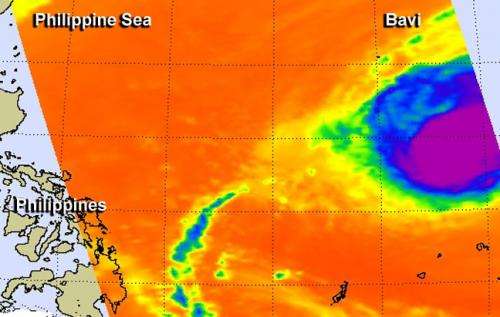Philippines affected by more extreme tropical cyclones

Tropical cyclones in the Philippines are becoming more extreme and causing greater amounts of devastation, a new study has shown.
Geographers from the University of Sheffield have analysed annual data over the period from 1951 to 2013 and saw a slightly decreasing trend in the number of smaller cyclones (above 118 kilometres per hour) that hit land in the Philippines, particularly in the last two decades.
More hazardous tropical cyclones (above 150 kilometres per hour) were shown to be on the increase in recent years, with the northern island of Luzon frequently affected by these weather events and associated rainfall.
Previous research has suggested that the increase in the number of intense tropical cyclones could be due to rising sea-surface temperatures since the 1970s as a result of climate change. However it is too early to draw conclusions that will influence tropical cyclone projections, so this remains an active part of research on extreme climate events.
Monica Ortiz from the Department of Geography and Scholar in the Grantham Centre for Sustainable Futures said: "Growing up in the Philippines myself, I understand the catastrophic loss of life and damage to property that extreme weather can cause. By analysing this data from the past up to the present, we can better adapt to further climate change and prepare for future disasters."
According to the United Nations University (UNU) World Risk Report 2014, the Philippines is one of the most at-risk nations to dangers such as tropical cyclones, monsoon rains, earthquakes and tsunamis. Many large communities live in typhoon-prone regions and low-lying coastal zones. At least 6,300 people died in the Philippines in November 2013 as a result of Typhoon Haiyan, one of the strongest tropical cyclones ever recorded.
Researchers plan to use this analysis, published in the International Journal of Climatology, to help the country better adapt and become more resilient to extreme weather events and the challenges of climate change.
More information: Thelma A. Cinco et al. Observed trends and impacts of tropical cyclones in the Philippines, International Journal of Climatology (2016). DOI: 10.1002/joc.4659
Provided by University of Sheffield




















